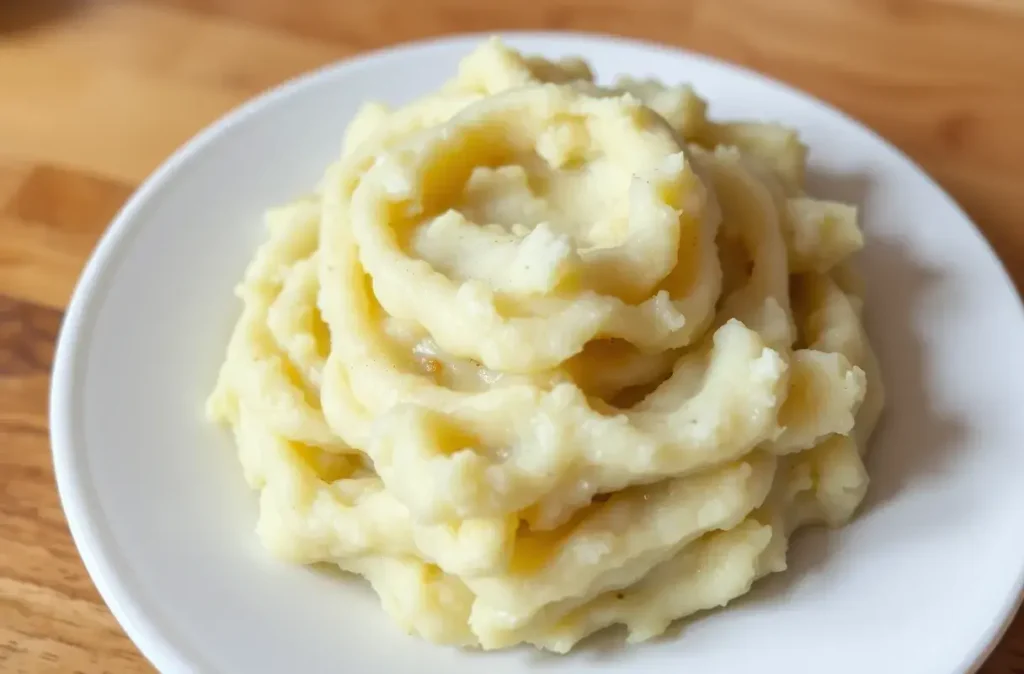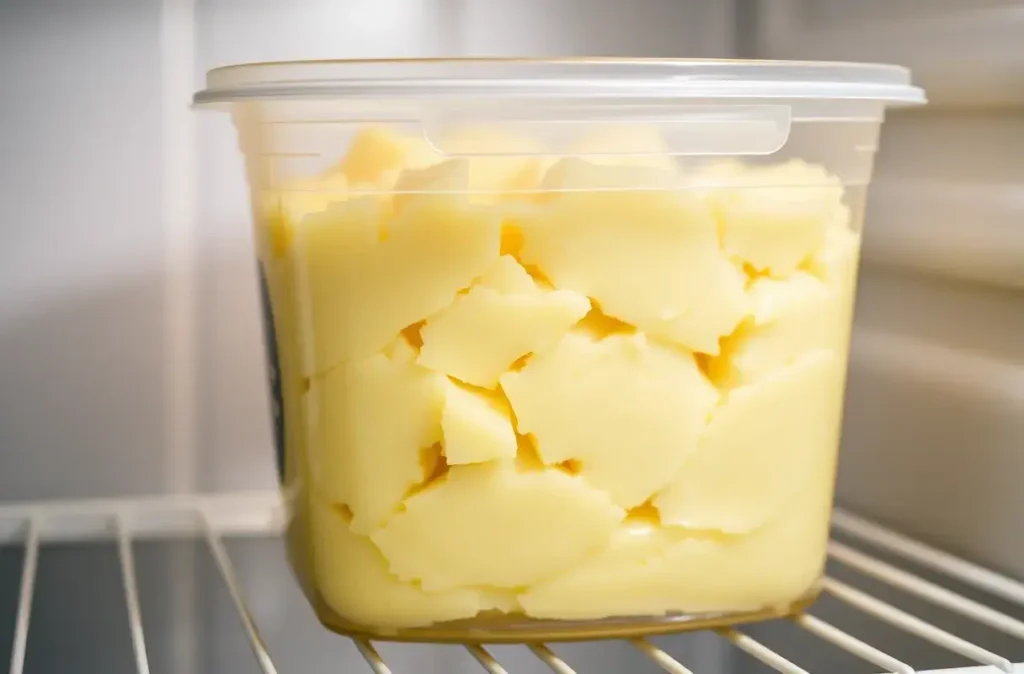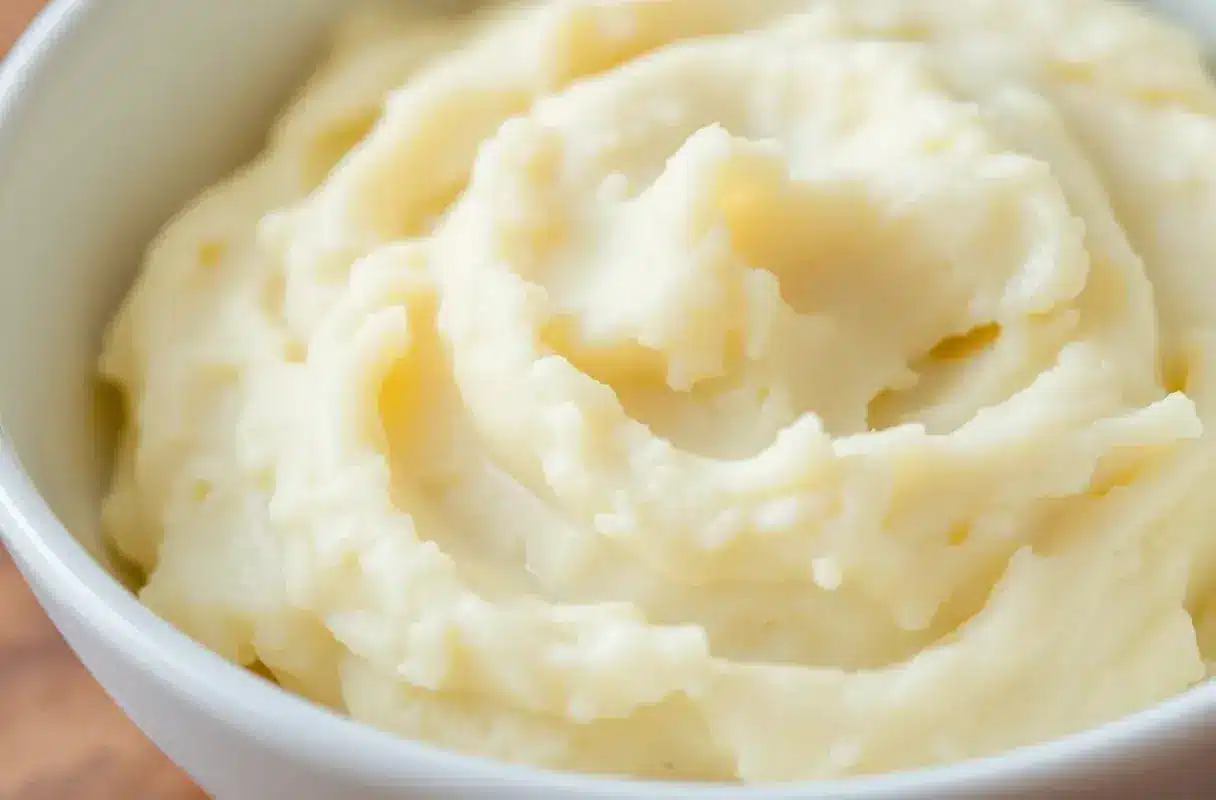Mashed potatoes are a beloved side dish, gracing tables at holiday feasts, family dinners, and festive gatherings. Their creamy texture and comforting flavor make them a favorite for many. However, a pressing question often arises: “Can mashed potatoes sit out for 3 hours?” Understanding the proper guidelines for storing and serving mashed potatoes is crucial to avoid foodborne illness and ensure that every bite is both delicious and safe. This article delves into how long mashed potatoes can safely remain unrefrigerated, signs of spoilage, best storage practices, and more.
How Long Can Mashed Potatoes Safely Sit Out?
Like many other perishable foods, mashed potatoes fall into what food safety experts call the “danger zone” when kept at room temperature for too long. According to the U.S. Department of Agriculture (USDA):
- 2-Hour Guideline: Mashed potatoes should not sit out at room temperature for more than 2 hours.
- High-Temperature Environments: If the room temperature exceeds 90°F (32°C), the safe limit reduces to 1 hour.
Once mashed potatoes remain unrefrigerated beyond these time frames, the risk of bacterial growth increases dramatically. So, can mashed potatoes sit out for 3 hours? The answer is no. After 3 hours, they’re likely unsafe to eat and should be discarded.
Why the Time Limit?
The reason behind these strict time limits lies in understanding bacterial growth patterns:
- The Danger Zone: Bacteria multiply rapidly between 40°F (4°C) and 140°F (60°C). Mashed potatoes, especially those made with dairy (milk, butter, cream), provide a fertile environment for pathogens to thrive if left at room temperature.
- Common Pathogens: Salmonella, E. coli, and Staphylococcus aureus are just a few examples of bacteria that can contaminate foods left out too long.
By adhering to the recommended 2-hour limit, you reduce the chances of ingesting harmful bacteria.
What Happens When Mashed Potatoes Sit Out Too Long?
Leaving mashed potatoes at room temperature for extended periods can lead to several undesirable outcomes:
Bacterial Growth
Moist, starchy foods like mashed potatoes are prime breeding grounds for bacteria. Within hours, these pathogens can multiply to levels that can cause foodborne illness.
Texture and Flavor Changes
Even if bacterial contamination were not a concern, quality suffers. Mashed potatoes dry out and can develop a crusty top layer or gritty texture. Exposure to air may also alter their flavor, making them less palatable.
Risk of Foodborne Illness
Consuming mashed potatoes that have sat out too long may result in symptoms like stomach cramps, nausea, vomiting, diarrhea, and, in severe cases, more serious health complications. Vulnerable populations such as children, the elderly, pregnant women, and those with weakened immune systems are at an even higher risk.
How to Tell If Mashed Potatoes Are No Longer Safe to Eat
If you’re unsure how long the mashed potatoes have been out, look for these signs of spoilage:
Visual Indicators
- Discoloration: A grayish or greenish hue suggests that spoilage bacteria may have taken hold.
- Mold Growth: Any visible mold, whether fuzzy spots or discolored patches, means immediate disposal.
Odor Changes
- Sour or Rancid Smell: A foul odor often indicates bacterial activity.
- Musty or Fermented Aroma: Unusual smells are a strong sign that the potatoes are no longer safe.
Texture Changes
- Slimy or Sticky Surface: A slimy film suggests bacterial growth.
- Overly Dry or Crusty Layer: While dryness alone may not mean danger, it indicates that the potatoes have been exposed to air and possibly bacteria for too long.
Pro Tip: When in doubt, throw it out. It’s not worth risking your health for a side dish.

Safe Storage Practices for Mashed Potatoes
Proper storage ensures that mashed potatoes remain both safe and tasty:
Refrigeration Tips
- Cool Quickly: Transfer mashed potatoes to the refrigerator within 2 hours of cooking. Spread them out in shallow containers to speed cooling.
- Airtight Containers: Store in containers with tight-fitting lids to minimize exposure to bacteria and prevent odor absorption from other foods.
- Label With Dates: Keep track of how long they’ve been refrigerated. Consume within 3-4 days for best quality.
Freezing Tips
- Freeze Promptly: If you know you won’t eat them within a few days, freeze mashed potatoes as soon as possible.
- Freezer-Safe Containers or Bags: Prevent freezer burn by using proper packaging materials.
- Safe Thawing: Always thaw frozen mashed potatoes in the refrigerator, not at room temperature, to maintain safety and quality.

Reheating Mashed Potatoes Safely
When reheating leftover mashed potatoes, follow these guidelines:
- Heat Thoroughly: Warm them to an internal temperature of 165°F (74°C). Use a food thermometer for accuracy.
- Microwave: Stir every 30-60 seconds to ensure even heating.
- Oven Method: Cover with foil and bake at 350°F (177°C) until heated through. Adding a splash of milk or broth can restore creaminess.
- Stovetop: Gently heat over low to medium heat, stirring frequently to avoid scorching.
Tips to Prevent Food Waste
Throwing away mashed potatoes might seem wasteful. Here are a few ways to minimize waste:
- Plan Portions Wisely: Cook just enough for the meal.
- Repurpose Leftovers: Turn leftover mashed potatoes into potato pancakes, gnocchi, or use them as a topping for shepherd’s pie.
- Share Extras: Offer leftovers to family members, friends, or neighbors who will enjoy them promptly.
The Role of Ingredients in Shelf Life
The composition of your mashed potatoes influences how quickly they spoil:
- Dairy Additions (Milk, Cream, Butter): These add richness but also increase perishability. Dairy provides an excellent medium for bacterial growth if left at room temperature too long.
- Seasonings and Add-Ins: Garlic, sour cream, cheese, or bacon bits can also affect the rate of spoilage. Foods mixed in with mashed potatoes follow the same 2-hour rule.
A leaner, simpler recipe may last slightly better in the fridge, but room temperature risks remain the same.
Keeping Mashed Potatoes Safe at Large Gatherings
For potlucks, buffets, or holiday dinners, serving mashed potatoes safely can be challenging:
- Use Chafing Dishes or Warming Trays: Keeping mashed potatoes above 140°F (60°C) helps prevent bacterial growth.
- Serve in Small Batches: Refill serving dishes from the kitchen where potatoes can remain refrigerated until needed.
- Monitor Time and Temperature: Keep track of how long they’ve been out. When in doubt, replace with a fresh batch.
By managing portions and temperature, you reduce the risk of letting mashed potatoes sit out too long.
Comparing Mashed Potatoes to Other Starchy Sides
The safety rules for mashed potatoes also apply to other starchy, dairy-based sides:
- Mac and Cheese: Must follow similar guidelines; discard if left out more than 2 hours.
- Creamed Corn or Scalloped Potatoes: Also susceptible to bacterial growth due to moisture and dairy.
- Rice and Pasta Dishes: While not dairy-based, they are still perishable and follow similar rules.
Understanding that the 2-hour rule generally applies to most perishable foods helps create a safer kitchen environment.
Maintaining Safe Holding Temperatures
Restaurants and catering services use hot holding equipment to keep foods safe:
- Steam Tables and Crockpots: Keeping mashed potatoes at 140°F (60°C) or above slows bacterial growth.
- Temperature Checks: If you have a large gathering, a simple food thermometer can ensure food remains out of the danger zone.
These practices, though more common in professional settings, can be adapted at home for big events.
The Impact of Food Safety on Health
Foodborne illnesses range from mild discomfort to severe health complications:
- Common Symptoms: Stomach cramps, diarrhea, vomiting, and fever.
- High-Risk Groups: Infants, elderly individuals, pregnant women, and people with compromised immune systems are more vulnerable.
By following food safety guidelines for mashed potatoes, you protect not just yourself but also guests who might be at higher risk.
Environmental and Economic Costs of Waste
Discarding food can feel wasteful. However, the cost of food poisoning—doctor’s visits, medications, missed work—far outweighs the price of potatoes:
- Environmental Impact: Over time, wasted food contributes to methane emissions in landfills.
- Budget Considerations: By portioning meals properly and storing leftovers safely, you save money and reduce waste.
Sticking to the 2-hour rule ultimately makes both economic and environmental sense.
Innovative Storage Solutions
If you frequently host gatherings or cook in bulk:
- Vacuum Sealing: Removing air can prolong refrigerated shelf life.
- Portion Control Containers: Divide mashed potatoes into meal-sized portions, storing and reheating only what you need.
- Smart Kitchen Gadgets: Temperature monitors and smart thermostats for coolers or refrigerators help maintain safe conditions.
By investing in storage solutions, you reduce the risk of accidentally leaving mashed potatoes out too long.
Cultural and Regional Differences
In some cultures, leaving food out for extended periods may be more common due to traditions or lack of refrigeration. However, modern guidelines based on scientific research encourage adopting safety measures universally. While practices vary, the bacteria and pathogens do not; food safety principles hold true globally.
Adapting for Dietary Restrictions
Vegan or dairy-free mashed potatoes might use plant-based milk and margarine instead of dairy products. While these alternatives may slightly alter spoilage timelines due to different nutrient profiles, the general 2-hour rule still applies. Starchy foods at room temperature remain prime targets for bacterial growth regardless of whether they contain animal products.
What If You’ve Left Mashed Potatoes Out Too Long?
If you realize that mashed potatoes have been left out longer than 2 hours:
- Don’t Taste-Test: Tasting won’t guarantee safety because some bacteria don’t produce off-flavors.
- Discard Immediately: It’s not worth the risk of serious illness.
- Learn From the Experience: Next time, store leftovers promptly, use timers, or set reminders to avoid repeating the mistake.
Beyond Mashed Potatoes: General Food Safety Guidelines
The lessons learned from mashed potatoes apply to countless other dishes:
- Perishable Foods: Meats, dairy, eggs, and cooked vegetables generally follow the 2-hour rule.
- Pantry Staples: While dry goods like rice, beans, or pasta (uncooked) aren’t as perishable, once cooked, they fall under similar guidelines.
- Leftover Management: Make it a habit to refrigerate leftovers promptly and keep track of how long they’ve been stored.
By understanding these principles, you build a safer kitchen environment overall.
Frequently Asked Questions (FAQs)
How long can mashed potatoes sit out for?
They can sit out for a maximum of 2 hours. Beyond that, they become unsafe to eat.
Can mashed potatoes sit out for 3 hours?
No. By the 3-hour mark, bacteria levels could be dangerously high.
What happens if I eat mashed potatoes left out overnight?
You risk food poisoning symptoms like nausea, vomiting, and diarrhea.
How do I store leftover mashed potatoes?
In an airtight container in the refrigerator, consuming them within 3-4 days.
Can I freeze mashed potatoes?
Yes. Freeze in freezer-safe containers and use within 2 months for best quality.
How long can mac and cheese sit out?
Mac and cheese, like most dairy-rich dishes, should not remain at room temperature for more than 2 hours. After this window, the risk of bacterial growth increases. Keep it hot until serving, then promptly refrigerate any leftovers View Details.
Can I eat week-old mac and cheese?
If stored properly in an airtight container and kept refrigerated, mac and cheese is generally safe to eat within 5-7 days. Always check for off smells or mold before consuming, as dairy products can spoil quickly View Details.
Is cheese still good after sitting out all night?
Cheese left out overnight is usually unsafe to eat. Most cheeses require refrigeration to maintain quality and prevent bacterial growth. Discard any cheese that has been unrefrigerated for extended periods View Details.
Conclusion: Can Mashed Potatoes Sit Out for 3 Hours?
The question “Can mashed potatoes sit out for 3 hours?” has a clear answer: No. To protect yourself, your family, and your guests from potential foodborne illness, it’s best to adhere to the 2-hour rule. Proper storage, careful reheating, and mindful serving practices keep your mashed potatoes both safe and delicious. When in doubt, discard any questionable leftovers and remember that food safety is always worth the extra effort.
With a little planning, attention to detail, and adherence to these guidelines, you can enjoy mashed potatoes without worry—at the table, rather than the emergency room.
